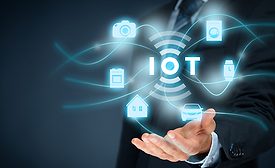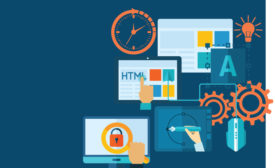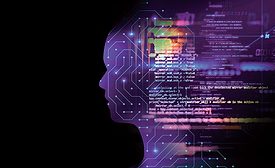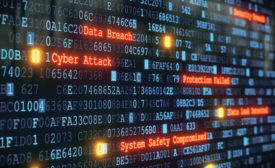Security Leadership and Management
Driving remote workforce efficiency with IoT security
Digital transformation with Internet of Things (IoT) devices provides many organizations a way forward, but optimizing the strategy needs to start with security.
August 20, 2020
Sign-up to receive top management & result-driven techniques in the industry.
Join over 20,000+ industry leaders who receive our premium content.
SIGN UP TODAY!Copyright ©2024. All Rights Reserved BNP Media.
Design, CMS, Hosting & Web Development :: ePublishing












